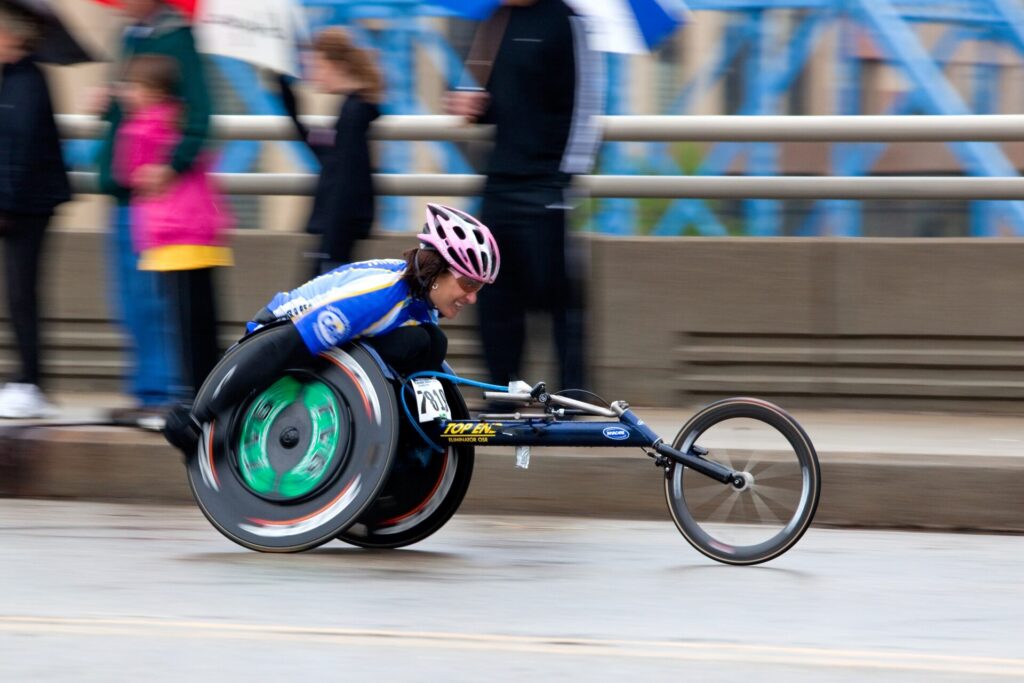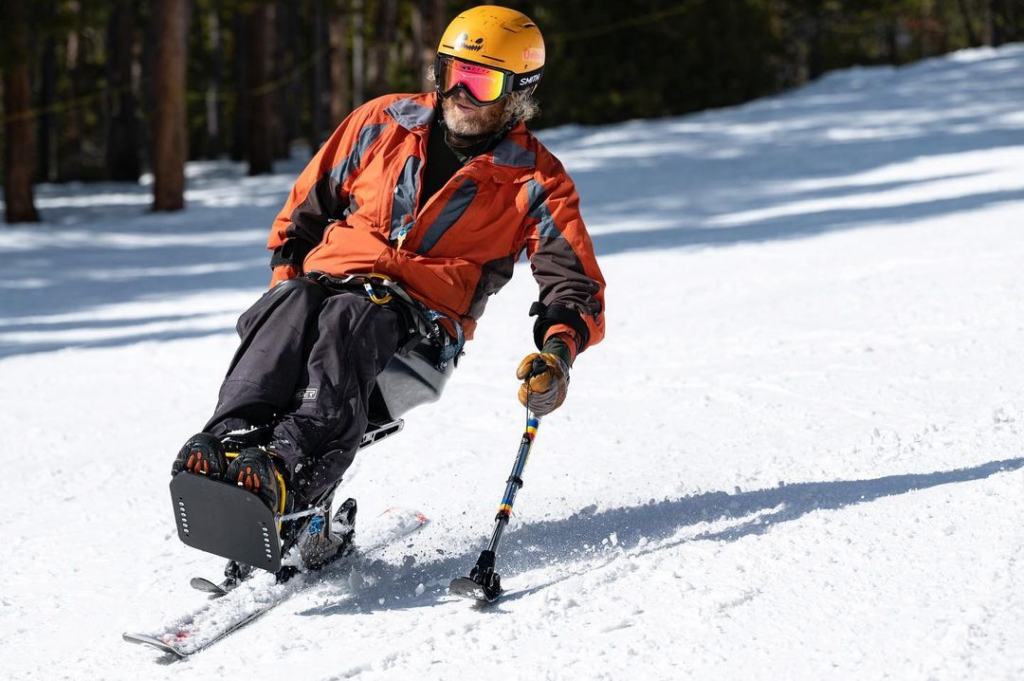New Bike Technology – Fit Werx Informs
Chainrings, rear cogs, derailleurs and teeth? Caliper v. hydraulic brakes? Electronic components? Bike technology can get confusing for the casual rider, so Fit Werx has tried to help us break it down, keep us up-to-date and let us know what might actually be worth trying out.
New “Ride Changing” Bike Technology
By Fit Werx, Cycling Specialists
Sinc e the invention of the “safety bicycle” in 1885, there have been few times in history that have seen the types of monumental advances in road bike technology as we have seen in the past few years. The changes might not be quite as monumental as the advent of steering, gears and pneumatic tires in the late 1800’s, but they are as significant as the development of the clipless pedal in the 1970’s and the advent of the integrated brake/shift lever in 1990 – both innovations that changed riding a bike forever. What are some of the advancements that have made such a pronounced difference in how road bikes work and perform in recent years?
e the invention of the “safety bicycle” in 1885, there have been few times in history that have seen the types of monumental advances in road bike technology as we have seen in the past few years. The changes might not be quite as monumental as the advent of steering, gears and pneumatic tires in the late 1800’s, but they are as significant as the development of the clipless pedal in the 1970’s and the advent of the integrated brake/shift lever in 1990 – both innovations that changed riding a bike forever. What are some of the advancements that have made such a pronounced difference in how road bikes work and perform in recent years?
Gearing: While there have been compromised “workarounds” for years, the past few years have seen great strides from Shimano and SRAM in terms of gearing options from the factory. “Compact” 50/34 chainrings, providing lower and easier to climb gears than the traditional 53/39, are now the standard on most road bikes. In addition, SRAM deserves much credit for making longer cage road derailleurs that allow lower gearing ranges in the back of the bike (down to a low of 32, or even 36, teeth) readily available. Compared to the 39T small front chainring with a 25T rear cog that was the most popular low gear on many road bikes not that long ago, a 34 tooth chainring in concert with a 32 tooth rear cog is like adding an engine while climbing for many riders!
The net effect of all these new gearing options is that road bikes are easier than ever to ride – making climbs, distance and spinning a higher cadence much more obtainable for many riders.
Disc Brakes: While most performance oriented wheeled vehicles switched to disc brakes years ago (including mountain bikes), the road oriented bike has taken longer to adopt. While cable actuated disc brakes have been available on some cyclocross style bikes for awhile, the first hydraulic disc brake system (like what is found on a motorcycle or higher end mountain bike) didn’t show up until 2013 when SRAM introduced their Hydro line! Since then, Shimano has jumped in as well and now there are hydraulic brake options available across a range of component levels, including those with electronic shifting.
Why would you want hydraulic disc brakes on a road bike? While disc brakes are heavier and less aerodynamic , they do offer performance and convenience benefits over traditional caliper brakes. 1) A quality disc brake system will be stronger, more progressive and modulate better than a caliper brake. It takes less hand power to actuate and control a hydraulic disc brake and the braking performance is not diminished by weather and environmental factors to the degree found in a caliper system. Rain or shine, pavement or dirt, disc brakes work consistently. 2) Disc brakes open up design options so that a frame can be built to accommodate a wide range of tire sizes with little compromise. Some road specific disc brake bikes can accommodate everything from your standard traditional 700×23 tire up through a wide 40mm+ tire! This is great if you want one bike that rides great on pavement or dirt and looser/rougher surfaces. 3) Wheels can start to become lighter in the right places. Without the need for a braking track, disc brake wheels can be built with lighter rims where wheel weight is most apparent during acceleration.
So, while disc road brakes are not for everyone, they can help provide confidence while opening up new roads for many riders.
Electronic Shifting: While the first electronic shift systems came out in the early 1990’s, they were buggy and the designs were discontinued after a season or two. This all changed when Shimano introduced their electronic Di2 system in 2009. With the introduction of Di2, Shimano took electronic shifting mainstream when they introduced a system that truly progressed the way bicycles shift.
While electronic shifting may sound gimmicky, it is not. Once you try it, the benefits and opportunities become clear quickly (think color TV vs. B&W). Some of these include the ability to shift the front derailleur at almost any time and in ways you would never want to try on most mechanical systems. Yes, you can shift under full load and it will do it well. People riding electronic frequently find that they shift more often; it takes so little effort to shift that they maintain a more consistent cadence and energy expenditure. On a related item, electronic shifting is easier on the wrist and arm as the long throw required of a mechanical shift lever is consumed by the electronic push button. In a word, it is really “easy”.
Another benefit of electronic components is the effect that it has had on the development and expectations of traditional mechanical shift systems. Once the quality of shifting in the electronic systems was realized, it set a high benchmark for the shift quality and ease of use of components in general. All three major component groups have made significant improvements to their shifting (especially in the front derailleur) of their mechanical groups in the past few years as they have redesigned derailleurs, cranks and chainrings based on the requirements for electronic shifting.
On an interesting note, at Fit Werx, we have noted that electronic shift systems also require less maintenance. The cables are some of the most problematic parts of many bikes. By eliminating the cables, and the associated friction, electronic bikes not only work better, but the derailleurs require little to no adjustment after initial set-up. The batteries provide great life (1000+ miles between charges) and, as an added benefit, many of the latest electronic systems are actually lighter than their mechanical counterparts.
Innovations like wide range gearing, disc brakes and electronic shifting have significantly enhanced the experience of riding a bike for many riders. If you have not experienced them, it is a great time to be considering a new bike. Be sure to get a Rider First Fitting in advance of buying a bike so that you can find that perfectly matched bike for your body. Your bike should be selected and set-up to accommodate your needs, not the other way around. Combine the right fit with the right technology and you will find riding to be more enjoyable than ever. We can guarantee it.
Special Offer: Kelly Brush riders are eligible for $25 off bike fittings at any Fit Werx location (Lexington and Peabody, MA, NYC/Ridgefield Park, NJ or Waitsfield, VT), just mention this article. All bike, equipment and service purchases at Fit Werx qualify for the Fit Werx Gives Back program which will donate up to $100 a year in your name to your ride.
Watch the video to learn why riders of all levels travel to work with Fit Werx
Fit Werx is a specialty bike shop and bike fitting studio started in 2001 with locations in Waitsfield, VT, Peabody & Lexington, MA and Ridgefield Park, NJ (near NYC ). Fit Werx offers bikes, cycling products, service and bicycle fitting services for new and existing bikes. Contact information as well as a video that tells the Fit Werx story can found at www.fitwerx.com. Fit Werx invites you to reach out and ask questions and to always take a Rider First approach to bike selection; make sure that you have a bike fit in advance of buying a new bike and use that information to help you find the bikes that fit your individual needs best.



